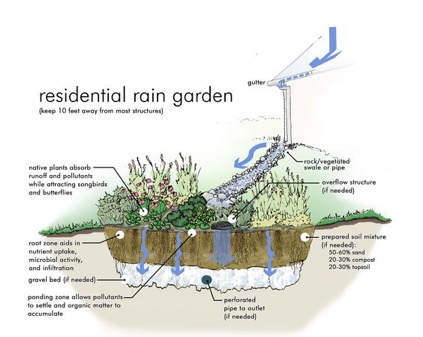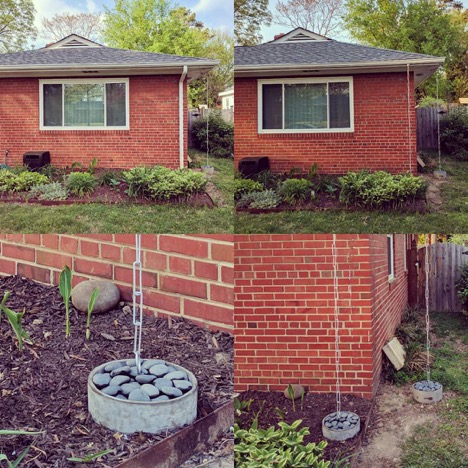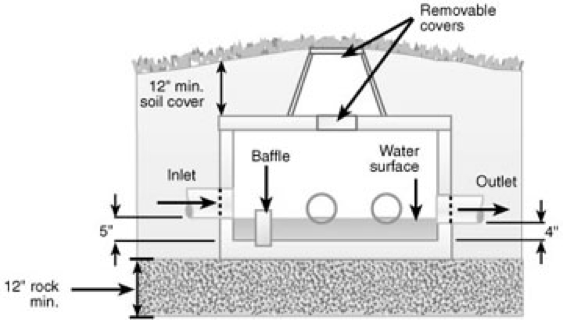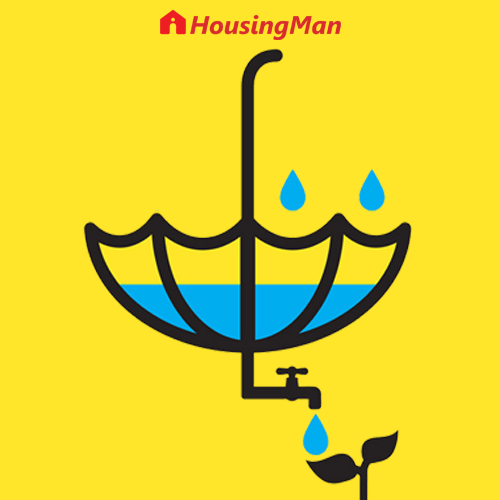“When life gives you rainy days
Wear cute boots
And jump in the puddles”
OR
GO FOR RAIN WATER HARVESTING!
Is rain water harvesting not one of the jargons you are catching upon, on every real estate project description which is guarded by modern techniques? Now day’s builders are encashing upon this term like a golden hen, which will keep attracting more and more golden eggs i.e. clients.
But WHAT IS RAIN WATER HARVESTING? WHY IS IT IMPORTANT?
Rain is one of the best creations of Mother Nature. It not only rejuvenates the environment around but also gives a kick to the mood of every individual. And as a cherry on the cake this mood lifting technique is free of cost and completely safe. So why not make the best out of it. Measures have been taken to conserve this natural resource of water in a manner that it ensures re use of the water without any reluctance. One such technique thus is rain water harvesting. Technically, rain water harvesting means the collection of rain water from the surface on which it has fallen into the reservoirs and tanks under hygienic conditions. One may use this water for multiple purposes like drinking, bathing, washing, gardening and other daily water supported activities. This will save so much on ground water and electricity which otherwise gets consumed through submersibles.
Today, since every modern technology is equipped with basic essential of self sustainability in the long run, then how can the architecture of modern day homes be left behind? Measures are being taken by builders, stakeholders, architects and all those involved in the project to come up with all possible means which can be covered under the head methods of rain water harvesting.
WHAT ARE THE VARIOUS IDEAS TO MAKE RAIN WATER HARVESTING SYSTEM IN INDIA?
Like it is always said “Charity begins at home”, why not begin the charity towards water preservation at home? But “how” is the question. So here are some initiatives which can actually and practically be implemented at home. These are actually a mix of modern and traditional rain water harvesting techniques. Although we have made a generic list of methods, there are many scholars who categorize the modern techniques under two broad heads: artificial recharging and rain water harvesting.
- Rain Barrel
This is considered to be one of the easiest methods of the lot. Moreover it can be implemented even in aged homes. You simply need to connect a pipe from rooftop where the rain water gets collected to a barrel or reservoir tank kept in your verandah or balcony. Now the question is how to stop mosquitoes from breeding in stagnant water? As an answer to this, put few drops of cooking oil on the surface of reservoir water, this will prevent the mosquitoes from coming in direct contact with the water and thus will prevent them from breeding. You can also close the opening of the barrel with a tight fitted cloth. Often a rain water separator is attached to the pipe, to prevent any dust or dirt, leaves and twigs from entering the reservoir. Use this water for gardening or washing. And the beauty secret to this is that the water is very good for hair wash giving it a soft and smooth texture. If the rooftop is clean, the water can also be used for drinking purpose after simple process of filtration in water filter.
- Rain Garden
If you have huge garden then rain water can also be preserved using the rain garden technique.

Source: pinterest
Rain garden is actually a depression area in the garden as shown in the image above; to temporarily hold the rain water for further use. This depression is in itself a mini garden of natural shape and consists of specific plants with deep roots, shrubs and perennials.
- Rain Chain

Source: instagram
Rain chains are practically an artist’s way of contributing towards rain harvesting. I believe some genius creative enthusiast must be the Godfather of these rain chains which today come in best of designs to not only accessorize your home but also brain the water preservation technique. Several builders provide these rain chains as part of the project. Moreover you need not empty your pockets to get one at your place, if the builder did not work out the plan for you. There are several DIY tips and tricks to design your own at home for your home.
- Natural recharge of wells and bore wells
Divert the rooftop rainwater into the well or bore well thus increasing the ground water level. Depending on the size of the residence and the surrounding one may opt for any one or combination of the below mentioned methods:
- Percolation pits for small houses
- Recharge trench for apartments and big houses
- Recharge wells for industries and huge building
- Rain Saucer
This is a very simple process under which two inverted umbrella like structures are connected to a pipeline which further gets connected to the funnel filling the reservoir. Moreover, there is no fear of contaminated water, since the water is getting collected directly from sky.
- Ferro cement Technology
In high rainfall regions, it is more sensible to use rain water harvesting for direct usage rather than for recharging the ground water. Therefore, in such conditions, the most cost effective way of rain water harvesting is use of Ferro cement technology wherein low cost and easy to build compartments can be made for collecting rainwater. This technique is especially famous in areas like Meghalaya, Arunachal Pradesh, Kerala and other heavy rainfall regions.
- Absorption well method
In this method the wells are constructed with cement rings of diameter 2ft to 6ft; which are readily available in the market. The depth to which these wells depend on the nature of the area soil and the diameter depends on the number of roof top pipes that are to be connected to each of these wells. The wells are left unfilled and are covered with RCC slabs of appropriate thickness. Rainwater from the terrace is guided to the existing open well through PVC pipes filter chamber which is filled with broken bricks at the bottom and sand is on the top.
- Absorption pit method/ Septic tank method

Absorption pit method or Septic tank method for Rain water harvesting
A hand absorption bore pit is made using augur and then filled with pebbles and sand. With diameter of approximately 10 inches, the depth varies depending on the nature of the soil. A chamber of square or circular shape is provided on the top for collection purpose. A pipe which will carry the roof water is linked to the absorption pit and a second pipe is attached to drain out excess water. Often it is referred to as septic tank method.
- Recharge trench cum injection well
Depending on the site and volume of water to be handled, a trench is made with approximate measurement of 1 to 2 m wide and 2 to 3 m. The injection well is constructed through layers of dense horizons to the aquifer reaching about 3 to 5 meters below water levels. The quantity of injection wells can be modified to enhance the recharging rate, depending upon the volume of water to be injected.
- Bore well Recharging
To prevent the bore wells from drying and to improve their water level, bore well recharging is performed. Bore well recharging method can revive completely dry bore wells also. This method makes use of both traditional and modern innovative techniques to bring forward the final result. Thereby, increasing the water output level. Since naturally filtered rainwater is sent back to the ground, the percentage of impurities is reduced to a great extent. The best part is that this method is cost effective and a onetime solution. Bore well once recharged never goes dry. This method is thoroughly customizable and eco friendly.
- Groundwater Dams
Ground water dams are of two types: Sand dams and sub surface dams. In these dams the water is stored under the ground and hence is named so. The basic principle of both the dams is same. The sand dam is constructed across the river wherein the sand fills during the rainy season until the dam is filled in completely. Water is stored in sand making 40 percent of the volume. Sub surface dam is designed below ground level. Sub surface dams though have comparatively less storage facility, these ground water dams can produce water even for drinking purpose. Moreover, these dams prevent the water from evaporating and getting contaminated, prevent the breeding of mosquitoes and are economically cost effective. These sand and sub surface dams can easily be built in rural areas where there are seasonal rivers with bedrocks

TEN ADVANTAGES OF RAIN WATER HARVESTING OR TEN USES OF RAIN WATER HARVESTING WATER
- Less water usage and less cost on water and electricity bills
- Ease of installation
- Availability of multiple options depending on your customized preference
- Reduced flooding and soil erosion
- Improved quality irrigation as rain water is free from pollutants
- Can be used for multiple household and even industrial water associated activities.
- Recharges ground water level.
- Supplements the supply of ground water during crisis season.
- Great way of combating the increasing demand of water
- Reduced ground water contamination.
With multiple property options, which have integrated rain water harvesting technique within their projects, find your dream home on HousingMan, where you can also indirectly contribute to save natural resources and conserve water.













